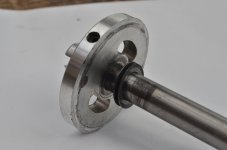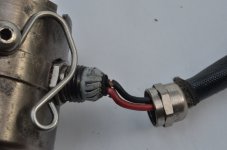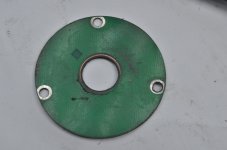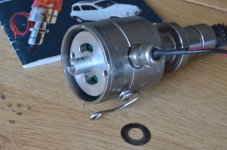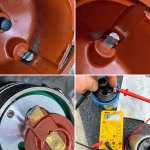I have been chasing the source of a knocking sound from the engine. After blaming the poor alternator (which does have worn bearings), I traced it to the distributor. I had already suffered damage to a rotor-arm which collided with the inside of the cap, and the replacements seem to be heading the same way....the source of the knock?
I've removed the 123 unit and replaced with the correct, unmodified, points distributor. The engine instantly fired into life and is likely to stay with this setup from now on.....knock now gone.
The alloy plate at the top of the 123 can be pulled up and down...maybe normal. But when Ipush up pull down the distributor pinion and turn the shaft it feels extremely rough.
I get the impression that the manufacturer isn't interested in after service, so as this is a mechanical issue I may get round to dismantling it myself.
Not good for 30,000 miles.


I've removed the 123 unit and replaced with the correct, unmodified, points distributor. The engine instantly fired into life and is likely to stay with this setup from now on.....knock now gone.
The alloy plate at the top of the 123 can be pulled up and down...maybe normal. But when I
I get the impression that the manufacturer isn't interested in after service, so as this is a mechanical issue I may get round to dismantling it myself.
Not good for 30,000 miles.
Last edited:



